In Photos: Tropical Eden Discovered in Suriname Rain Forests
Coprophanaeus Lancifer

Coprophanaeus lancifer is the largest of all South American dung beetles. Despite its name, this species feeds more frequently on carrion (dead animals) than on dung. A highly unusual case in the Animal Kingdom, both males and females of this species possess a long horn on their head, which they use during intense battles with other individuals of the same sex. The vast difference in adult body size seen here is primarily determined by how much food was available to the developing larva. This species is capable of rapidly burying large animal carcasses, providing an important ecological service that sustains rain forest health.
Fruit-Eating Bat
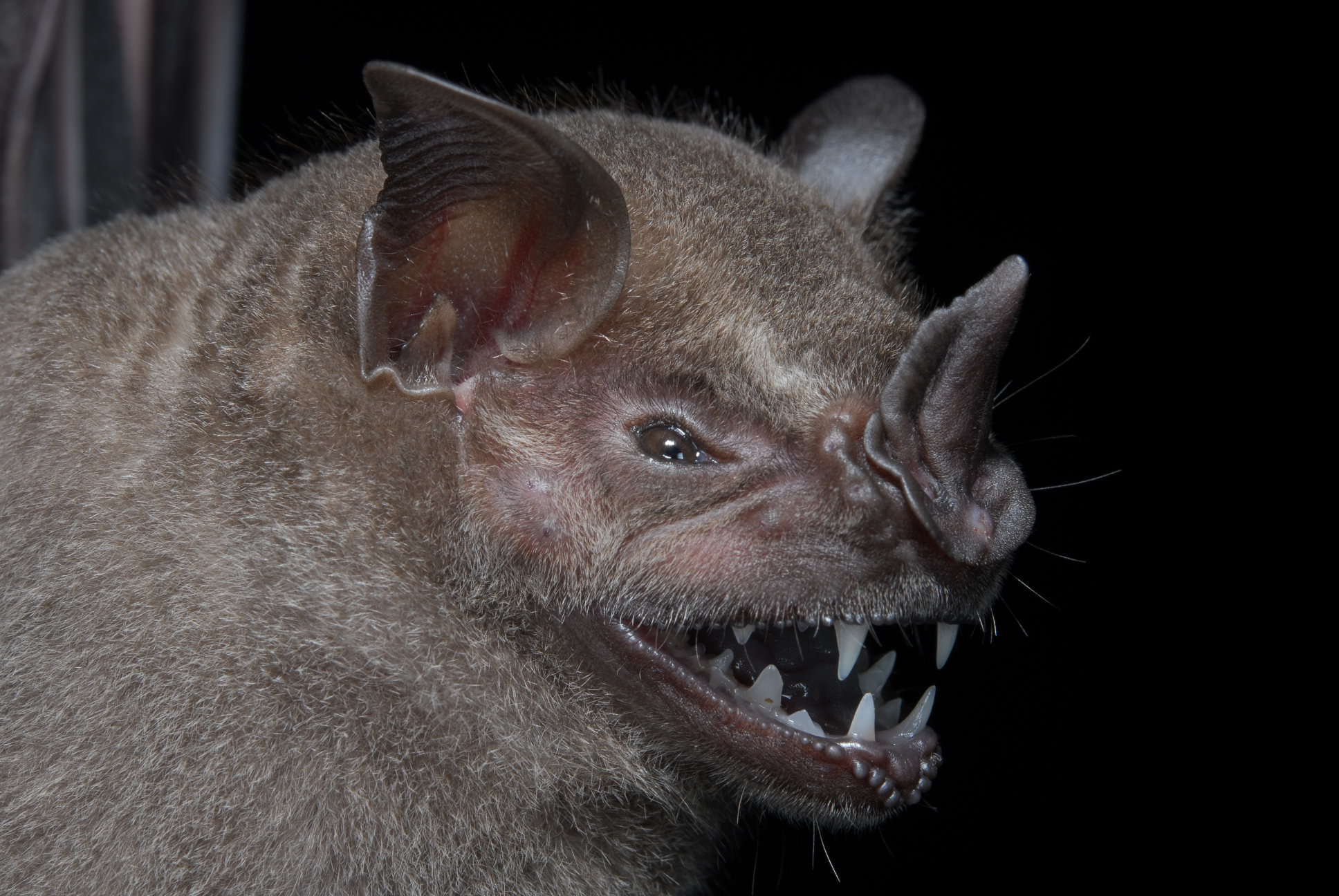
The Larger Fruit-eating Bat (Artibeus planirostris) was the most abundant bat during the survey. With their sharp teeth, they are capable of grabbing and eating large fruits. Using numerous transects of finely-meshed mist nets stretched through the forest, scientists discovered 28 bat species on the expedition.
Slender Opossum
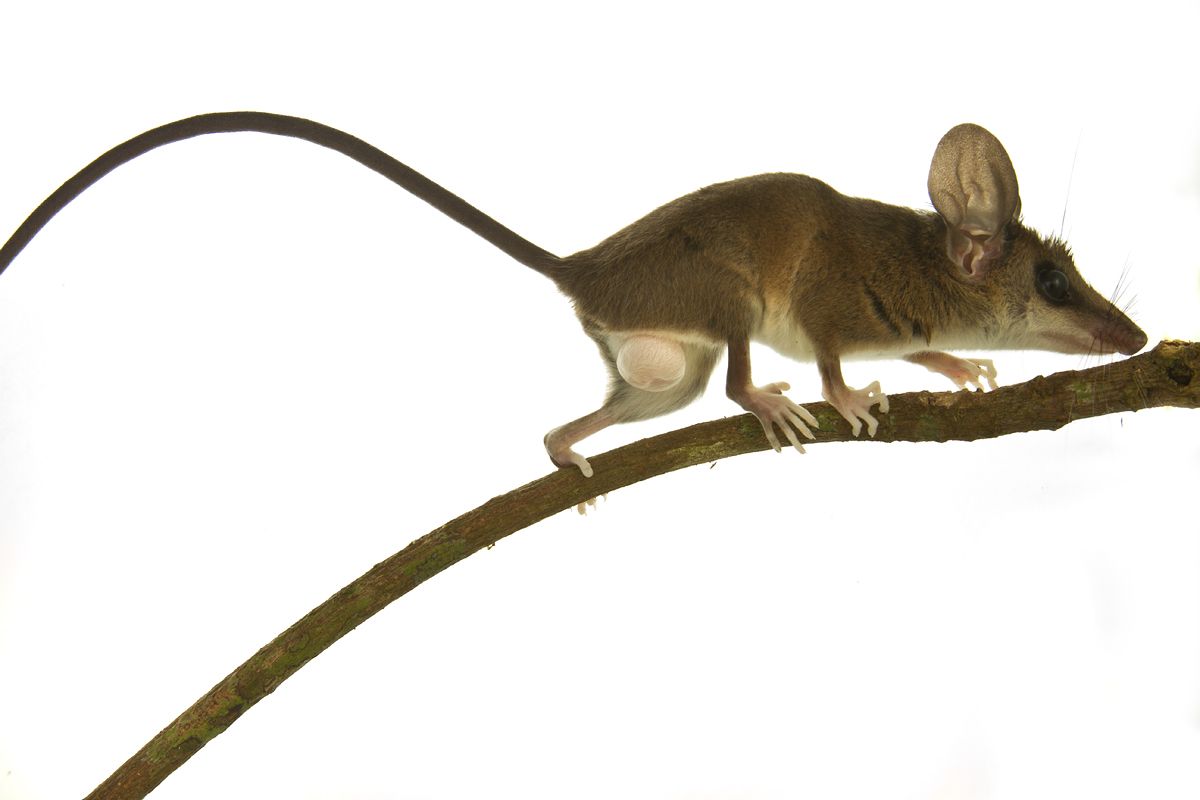
The Delicate Slender Opossum (Marmosops parvidens) is an arboreal species which eats insects and fruit. This species is indicative of pristine, primary forests, and is one of the 39 species of small mammals (rats, bats, opossums) discovered on the expedition. Many small mammal species are important for dispersing seeds and ensuring forest regeneration.
Juvenile Planthopper
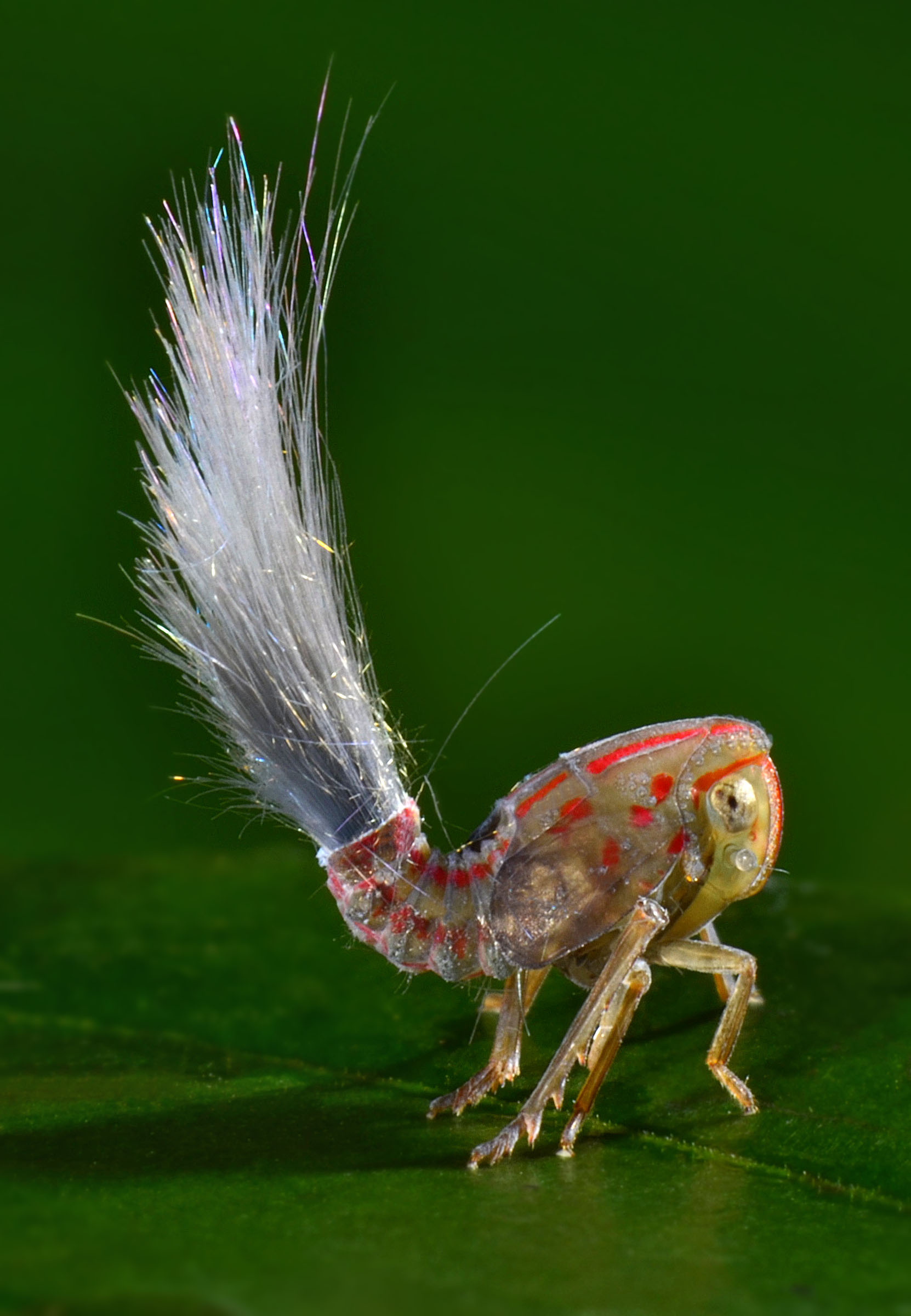
Many planthopper species exude waxy secretions from the abdomen, and these sometimes form long strands, such as can be seen in this photo. The long waxy strands may provide protection from predators — it could be that they fool a predator into attacking the wrong part of the insect, and the wax breaks off while the insect jumps to safety. The juvenile planthopper in this photo is only about 5 mm long, and was exceedingly difficult to photograph.
Scavenging Ants
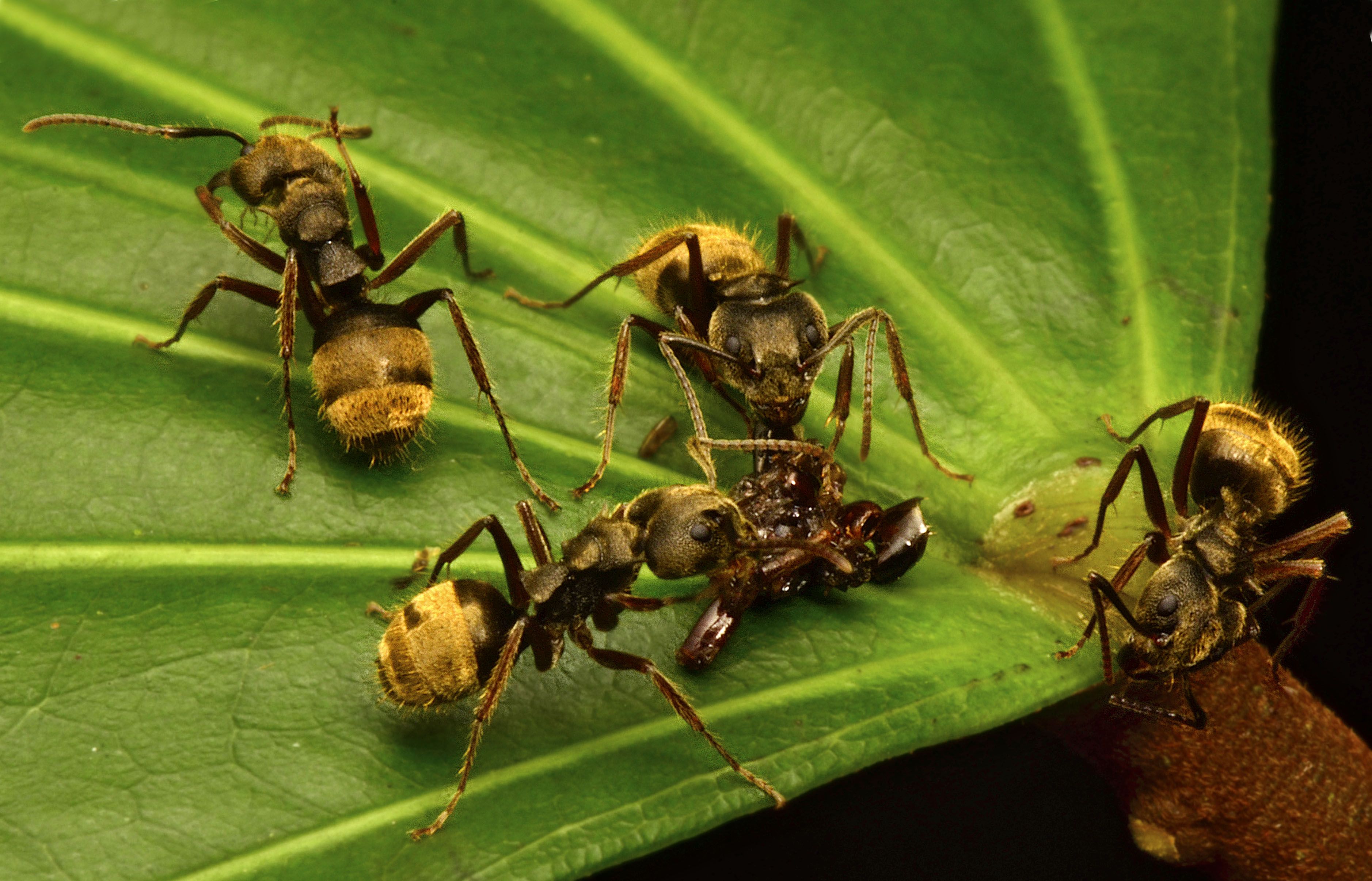
Ants are important scavengers, and can be seen here (Camponotus sp.) eating a dead insect. This represents just one of the 149 ant species observed on the expedition, with many more still to be found.
Rare Margay

While not rare, small wild cats such as this margay (Leopardus wiedii) are extremely shy and difficult to observe directly. The bird experts spotted this cat just before dawn on the overhanging branch of a tree and were able to observe it only four meters away for two or three minutes before it nimbly leapt away. Unlike most cats, the margay is adapted to a life in the trees, where it hunts birds, rodents and even monkeys.
Automated Camera Captures Curious Margay

Because many mammals are so elusive and difficult to observe in the forest, scientists use automated camera traps installed in the forest to record them. Here, a margay curiously inspects one of the camera traps. The cameras use an infrared sensor to detect passing animals, triggering the camera to take a photograph. Out of the 24 large mammal species encountered on the expedition, many were detected only by using camera traps, including the puma.
Get the world’s most fascinating discoveries delivered straight to your inbox.
Copiphora Longicauda
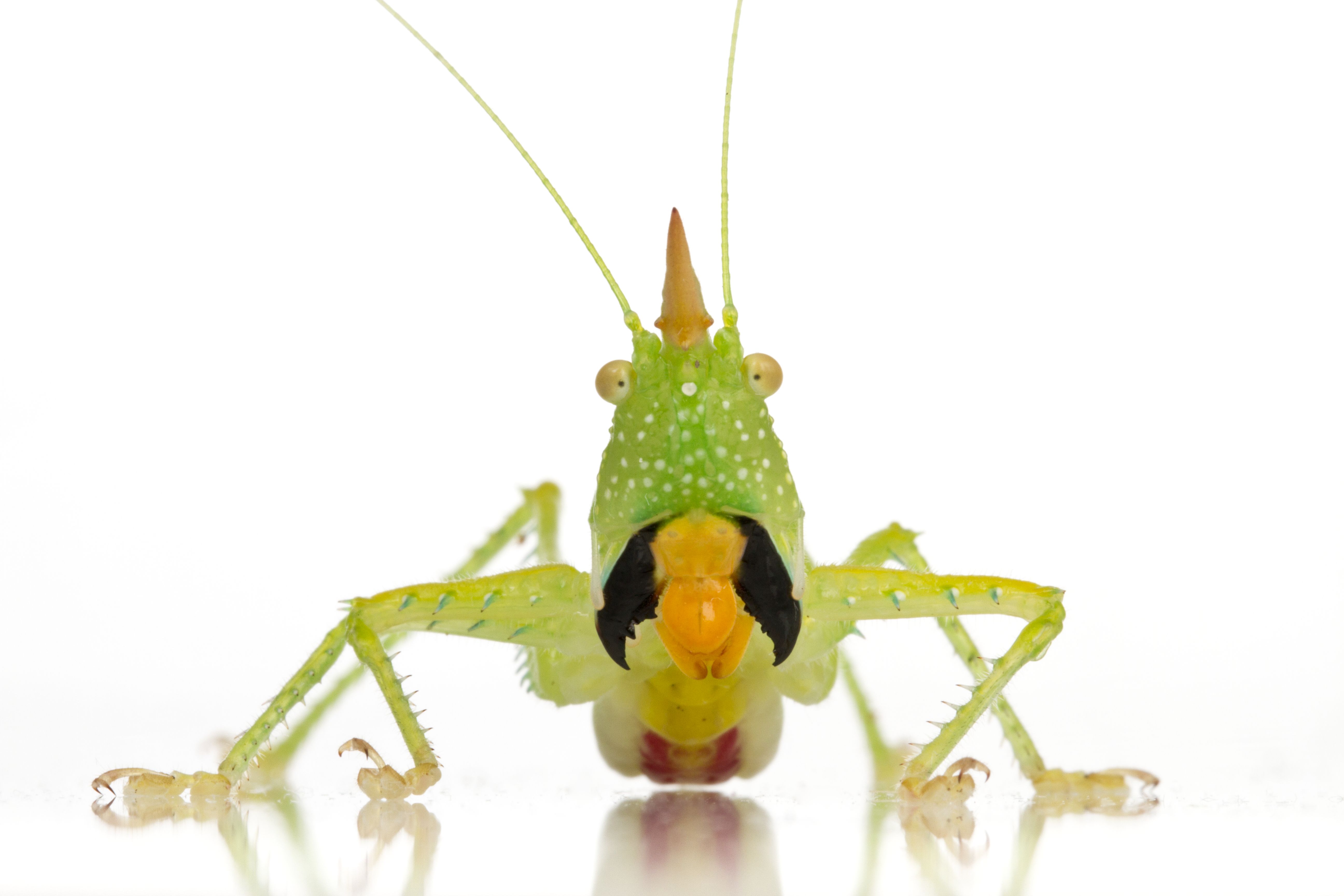
While most katydids are herbivorous and feed on leaves, this species (Copiphora longicauda) uses its powerful, sharp mandibles to prey upon insects and other invertebrates. It is a member of the aptly named group of conehead katydids.
Tree Frog Clings to a Branch

A tree frog (Hypsiboas geographicus) clings to a branch in the lowland forest near Kasikasima. It represents one of the astounding 46 frog species found during the expedition, including six frog species potentially new to science.
Neusticurus Bicarinatus

Neusticurus bicarinatus is a semi-aquatic lizard found in small pools and streams in the area, and is an excellent underwater swimmer. It is just one of the 21 lizard species found by scientists during the survey.



